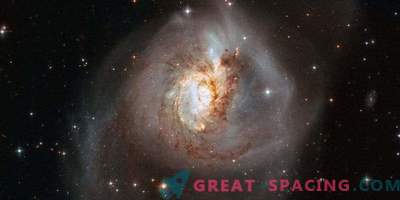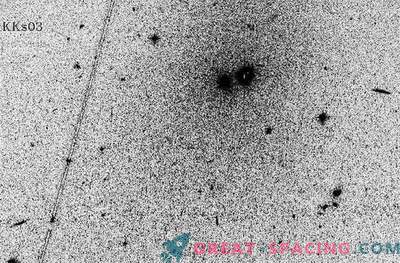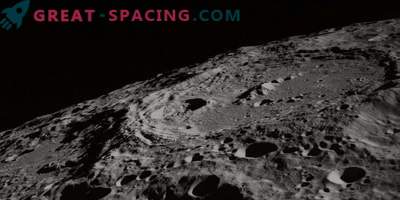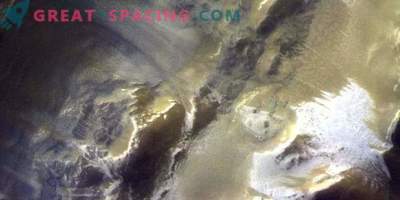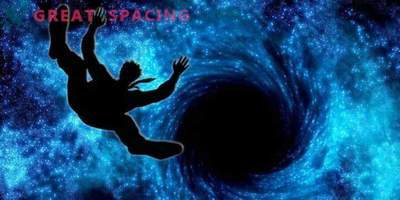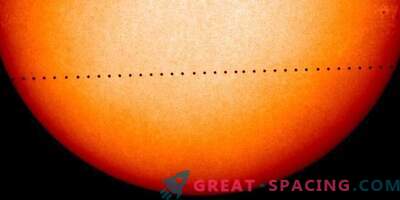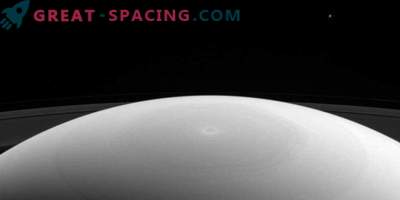
The picture shows the galaxy NGC 6744, distant by 30 million light years. This is one of the 50 galaxies observed as part of the ultragalactic UV survey of the Hubble Space Telescope (LEGUS) - the most acute and complete review of the UV light of stellar-born galaxies in the nearest Universe
Thanks to the unprecedented accuracy and spectral range of the NASA Hubble Space Telescope, scientists have been able to produce the most complete high-resolution UV-light imagery of nearby stellar-born galaxies.
The researchers combined the new Hubble observations with archived images for 50 spiral and dwarf galaxies in the local Universe. The project was named LEGUS, and it compiled star catalogs for each galaxy and cluster catalogs for 30 galaxies. The data contains information about young, massive stars and star clusters, as well as how the environment affects their development.
There has never been a catalog of stars and star clusters that includes observations in UV light. This is the main indicator of the tiniest and hottest star populations, which are an important addition to the stellar history. It is still unclear exactly how the process of star formation occurs. Therefore, the researchers carefully selected targets for LEGUS from 500 galaxies that are 11-58 million light-years distant from us. The criteria were the mass, the rate of star birth and the abundance of elements heavier than hydrogen and helium.

UGCA 281 is a blue compact dwarf galaxy living in the Hounds of Dogs territory. Inside, two large-scale star clusters appear shiny and white, and also diluted with green clouds of hydrogen gas. They are responsible for much of the recent star formation in the galaxy. The rest is represented by more ancient stars and is red. Reddish objects in the background - background stars
The team used a wide 3 Hubble camera and an extended camera to capture images of galaxies and the most massive young stars and star clusters. Also added archival footage with visible light to provide a complete picture. The catalogs contain approximately 8,000 young clusters, whose age ranges from 1 million to 500 million years. They are 10 times more massive than the largest clusters in the Milky Way.
There are approximately 39 million stars in star catalogs, which are at least 5 times more massive than the Sun. Stars in visible light reach an age from 1 million to several billion years, the youngest - 1-100 million years. Hubble telescope data provides all the information for analyzing such galaxies. There are also computer models to help interpret data in star and cluster catalogs.

6 frames show the diversity of star formation regions in neighboring galaxies. Included in the LEGUS part of the program - the most accurate and complete overview of UV light for stellar-forming galaxies. Here you will find 2 dwarf galaxies (UGC 5340 and UGCA 281) and 4 large spiral (NGC 3368, NGC 3627, NGC 6744 and NGC 4258). One of the goals of the project is to sample the stellar birth regions in each galaxy. Because of the relative proximity, Hubble manages to resolve individual stars. In the spiral type, star formation waves occur along dark filaments representing spiral arms. Birth begins in the inner sleeves and moves outward. The milky-white areas in the center are the glow of many stars. These galaxies are 19 to 42 million light years distant from us. They were watched from January to July 2014 When reviewing a spiral galaxy, we encounter an already ordered structure. But there are many competing theories for connecting individual stars into clusters in similar objects. Observation with the smallest details makes it possible to identify the physical parameters underlying this ordering of stellar populations.
The LEGUS project will also help to interpret the types of galaxies in the distant Universe, where the UV light of young stars stretches to IR wavelengths due to the expansion of space. In the future, these reviews will be complemented by a fresh and deeper view of the telescope of James Webb.



